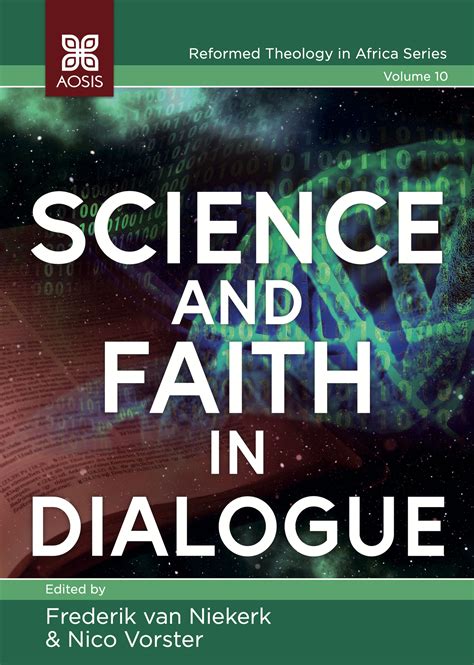|
Word Gems
exploring self-realization, sacred personhood, and full humanity
Dr. Casey Luskin
Homo Sapiens appear suddenly in the fossil record
return to "Evolution" main-page

Download a free copy of the entire book here.
|
Editor’s Summary Statement
Since high school biology and before, we’ve been subjected to a grand hoodwinking scheme concerning Darwinistic origins of humankind.
See it here, spoofed in Mad magazine:

In glossy-paged periodicals and impressive dioramas in museums of natural history, we’ve been gulled into accepting the existence of a chain of intermediate hominids, from monkey to man.
It’s a complete linkage, they want us to believe: “Well, maybe a small missing link here or there, but not to worry over such trifles, we’ll find the entire set soon enough.”
None of this is true. That which is deemed to be evidence constitutes little more than bone or skull fragments, and very few of these; but, among these, discovered over large areas of terrain, then assembled by imagination and wishful thinking.
Read the entire chapter nine of the featured book for extended discussion.
Some of us have heard of the Cambrian Explosion (featured on the main-page), the sudden arrival of a great many life forms. All these, without intermediate-fossil prelude.
However, because of the extensive propaganda-narrative surrounding the coming of man, it is less known that Homo Sapien, too, debuts, out of the blue, in the fossil record.
It seems to me that, at least four times in history, creative energy has been infused into the cosmic system to effect and direct the plans of providence. See more discussion in the article “An Earthrise Restatement Of The Wedding Song.”
|
Dr. Casey Luskin (attorney and PhD in geology) wrote chapter nine of Science And Faith In Dialogue. The following are excerpts:
********************************
But how do we know that there was an evolutionary transition between
the ape-like australopithecines and our genus Homo? Three Harvard
paleoanthropologists described the paucity of evidence for this ‘critical’ transition using a bad news, good news scenario.
Of the various transitions that occurred during human evolution, the transition from Australopithecus to Homo was undoubtedly one of the most critical in its magnitude and consequences. As with many key evolutionary events, there is both good and bad news. First, the bad news is that many details of this transition are obscure because of the paucity of the fossil and archaeological records.
And how good was the ‘good news’? They describe it as follows:
[A]lthough we lack many details about exactly how, when, and where the transition occurred from Australopithecus to Homo, we have sufficient data from before and after the transition to make some inferences about the overall nature of key changes that did occur.
To summarise, in the hominid fossil record, we find ape-like australopithecines (‘before’) and human-like Homo (‘after’), but we do not find transitional fossils documenting how one group evolved into the other.
Lacking intermediates, they propose we infer a transition based upon the assumption of evolution. We are left with an undocumented transition that occurred somehow, sometime and someplace.
Ernst Mayr (2004), one of the architects of the modern theory of evolution, also recognised the abrupt appearance of our genus:
The earliest fossils of Homo, Homo rudolfensis and Homo erectus, are separated from Australopithecus by a large, unbridged gap. How can we explain this seeming saltation? Not having any fossils that can serve as missing links, we have to fall back on the time-honored method of historical science, the construction of a historical narrative.
|
Editor's note: Allow me to translate into street language what Mayr is actually saying:
“We’re embarrassed to admit, despite bluster and thunder, there is no evidence of intermediate stages for Homo Sapien. We should be talking about a ‘missing chain’ not a ‘missing link.’ What we refer to, with a wink, as fossil evidence, extremely paltry as it is, presents as no complete skeletal remains but a bone fragment here and a skull fragment there, often discovered great distances apart, fused together with imagination and belief-system. Even worse, these fragments are often classified by zoologists not as Homo Sapien but ordinary gorilla or chimpanzee artifacts. However, we Darwinists take refuge in ‘narrative.’ This is cloaked language for ‘we want to control the discussion.’ The facts are not on our side but if we can massage the ‘narrative,’ with all of us, like mocking birds, speaking the same thing, then we can bamboozle our mountebank version of biology into something respectable. We control the narrative in terms of what is printed in high school and lower-level college textbooks, and so we drown out cogent voices of dissent, calling them kooks and cultists. We censor and disparage them. We do not allow open debate because our party platform cannot withstand scrutiny. Truth be told, our position is not scientific but quasi-religious, with tenets of blind faith and infallible doctrines. However, we cook the books, we excuse our own disingenuousness, because we have to be right, because there is no higher power in the universe, there is no meaning and purpose in the cosmos, we are certain of this, and so, despite a current lack of evidence for our side, we courageously continue on because it’s not possible for us to be wrong, as no other view, such as intelligent design, is worth listening to.”
|
One commentator described the evidence as suggesting a ‘Big Bang’ origin of Homo (University of Michigan News Service 2000). This large, unbridged gap between the ape-like australopithecines and the genus Homo challenges evolutionary accounts of human origins. Unfortunately, these serious issues with the evidence for human evolution are rarely disclosed to the public, and are certainly obscured at the Maropeng Museum.
splenetic debate, paltry evidence; long on histrionics, short on careful reasoning (it deserves to be spoofed by Mad)
Because of the fragmented data and the emotional nature of the topic, the field of palaeoanthropology itself is fragmented. Reviews in top journals like Science and Nature have characterised palaeoanthropology as ‘a notorious arena for splenetic debate’ over an ‘extremely paltry’ amount of evidence, making it ‘difficult to separate the personal from the scientific disputes raging in the field’ (Holden 1981; Nature 2006).
Evolutionary biologist Jerry Coyne affirms the limited nature of the evidence, observing, ‘palaeoanthropology is a field in which the students far outnumber the objects of study’ (Coyne 2009).
honoring Darwin as 'ancestor worship'
Science writer Roger Lewin similarly notes that an ‘emotionally charged
atmosphere’ permeates the field because of something akin to ‘ancestor worship’, causing ‘bitter rivalries’ such that ‘palaeoanthropology literature is replete with references [...] to controversy, disagreements, and even personal battles’ (Lewin 1987). He continues:
With a limited number of fossil sites available to work, and a still pitifully small inventory of fossils to analyse, all of which may be in the control of just a few people, research access has always been a sensitive issue.
|

